
现代汉语名词谓语句的句法研究
¥ 30 3.8折 ¥ 78 八五品
仅1件
作者张庆文 著
出版社科学出版社
出版时间2016-08
版次1
印刷时间2016-08
印次1
装帧平装
上书时间2021-03-15
- 在售商品 暂无
- 平均发货时间 15小时
- 好评率 暂无
- 最新上架
商品详情
- 品相描述:八五品
图书标准信息
- 作者 张庆文 著
- 出版社 科学出版社
- 出版时间 2016-08
- 版次 1
- ISBN 9787030428318
- 定价 78.00元
- 装帧 平装
- 开本 16开
- 纸张 胶版纸
- 页数 219页
- 字数 300千字
- 正文语种 英语
- 【内容简介】
- 《现代汉语名词谓语句的句法研究》运用生成语法学理论,从句法和语义角度对汉语名词谓语句进行了探讨,主要回答以下问题:汉语名词谓语句是否是汉语特有的语言现象?汉语名词谓语句与其他类型的谓语句存在哪些共性?汉语名词谓语句是否遵守普遍语法原则。根据对汉语名词谓语句的观察,《现代汉语名词谓语句的句法研究》提出了“戴维森论元可见性假设”,其核心思想是一个句子如若合法,必须在可能世界(possible world)中找到合适的坐标,亦即锚定点(anchoring point),使句中的戴维森论元得以实现。通过对四种名词谓语句的深入研究,我们发现汉语的名词谓语句与动词谓语句以及屈折性语言中的名词谓语句一样,它们在句子的合法性上都遵循“戴维森论元可见性假设”。如果把这一假设看作普遍语法的一部分的话,汉语名词谓语句无疑是遵守普遍语法的,这一点与所有主谓关系句都无二致。
- 【作者简介】
- 张庆文,北京语言大学理论语言学文学硕士,香港理工大学语言学哲学博士,现为教育部人文社会科学重点研究基地广东外语外贸大学外国语言学及应用语言学研究中心教授、专职研究员。主要从事生成语言学理论研究,研究兴趣为句法学、句法学一语义学界面、现代汉语语法、方言语法,主要研究方向为述谓理论、量化理论、名词短语、题元理论等。曾在《外语教学与研究》、《现代外语》、《当代语言学》、《世界汉语教学》、《汉语学报》、《语言暨语言学》、International Journal of Chinese Linguistics等国内外期刊发表论文多篇。
- 【目录】
-
Foreword
Chapter 1 Introduction
1.1 Prelirrunaries
1.1.1 The Davidsonian event theory: The theorehcal framework
1.1.2 The Davidsonian argument and predication in Chinese: Issuesto be solved
1.2 Nominalpredicationin this study
1.2.1 Previous studies on predicate nominals
1.2.2 Nominal predicahon construchons to be discussed in this study
1.3 Nominal predication in Mandarin Chinese and the funchon of the copula
1.3.1 Predicate nominals in Mandarin Chinese
1.3.2 The function of the copula
1.4 The visibility of the Davidsonian argument
1.4.1 Neo-Davidsoruan theory & the Davidsonian argument visibility hypothesis
1.4.2 The copula as an eventuality predicate
1.4 ,3 Nominalpredicahon under discussion as a reduced copular construction
1.4.4 The visibility of the Davidsonian argument: The possibilihes
1.5 The syntactic configuration of nominaj predication
1.5.1 The studies on the syntactic representation of the Davidsonian argument
1.5.2 The syntactic structure of nominal predication
1.6 The outline
Chapter 2 Temporals/Locatives and Nominal Predication
2.1 Introduction
2.2 Predicate nominals in the copulaless nominal predicate construction
2.3 Temporal/locative nominal predicates
2.4 Restrictions on the predicahve temporal/locative nominals
2.4.1 The restriction on the relative temporal/locative nominalpredicates
2.4.2 The restriction on the clause initial nominals
2.5 The analysis on the restrictions
2.5.1 AgainstMa(1991)
2.5.2 The distinction between absolute and relahve temporals/locatives
2.5.3 The status of the clause initial temporal/Locative nominals
2.6 The syntactlic structure of the temporal/Jocative predicahve construction
2.6.1 Relative temporals/locatives asimpliat PPs
2.6.2 The syntax of time arguments/time adverbs: Demirdache & Uribe-Etxebarria
2.6.3 The syntax of the temporal/locative nominal predicahve construchon
2.7 Thepredictions
2.7.1 Nominals with a spatio-temporal argument as eligible predicates
2.7.2 Time-related adverbs and nominalpredicates
2.7.3 Durative phrases and nominal predicahon
2.7.4 Temporalparhcles
2.8 The summary
……
Chapter 3 Modified Nonunals and Nominal Predication
Chapter 4 The Predicative Possessive Nonunal Construction
Chapter 5 The Left Periphery of the Nonunal Predicative Construction
Chapter 6 NominaIPredicationin Clunese: Conclusion and Remarks
References
Index
-

-

【目录】
-

【内页】
-

【封底】
相关推荐
-

现代汉语名词谓语句的句法研究
全新北京
¥ 78.00
-
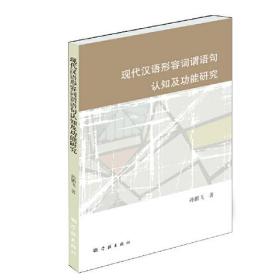
现代汉语形容词谓语句认知功能研究
全新廊坊
¥ 21.35
-

现代汉语形容词谓语句认知及功能研究
全新成都
¥ 27.96
-

现代汉语形容词谓语句认知及功能研究
全新广州
¥ 27.00
-

现代汉语形容词谓语句认知及功能研究
全新泰安
¥ 33.52
-

现代汉语形容词谓语句认知及功能研究
全新成都
¥ 40.60
-

现代汉语形容词谓语句认知及功能研究
全新北京
¥ 59.64
-

现代汉语形容词谓语句认知及功能研究
全新广州
¥ 34.51
-

现代汉语形容词谓语句认知及功能研究
全新广州
¥ 34.51
-

现代汉语形容词谓语句认知及功能研究
全新广州
¥ 34.51
— 没有更多了 —





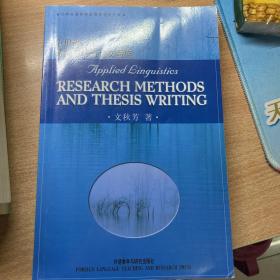
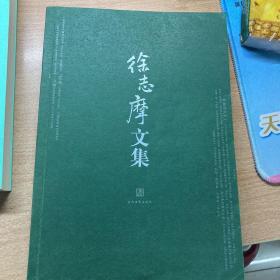


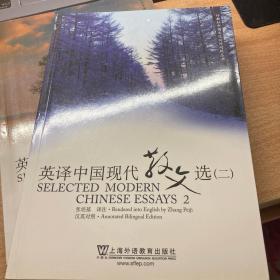
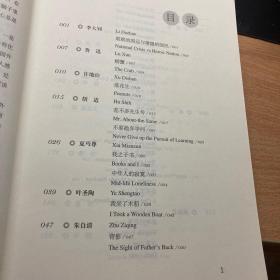
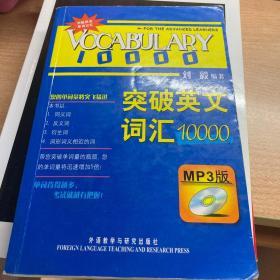

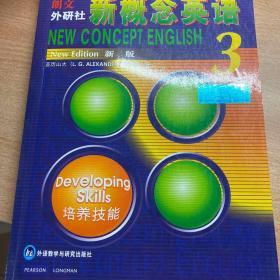

以下为对购买帮助不大的评价